In an opportunity to better understand Maasai culture and people, we’ve been discussing important facets of Maasai life in Kenya. The Maasai are considered livestock keepers, but the ownership of Maasailand has been under threat for over 100 years. A critical debate remains: who owns Maasailand?
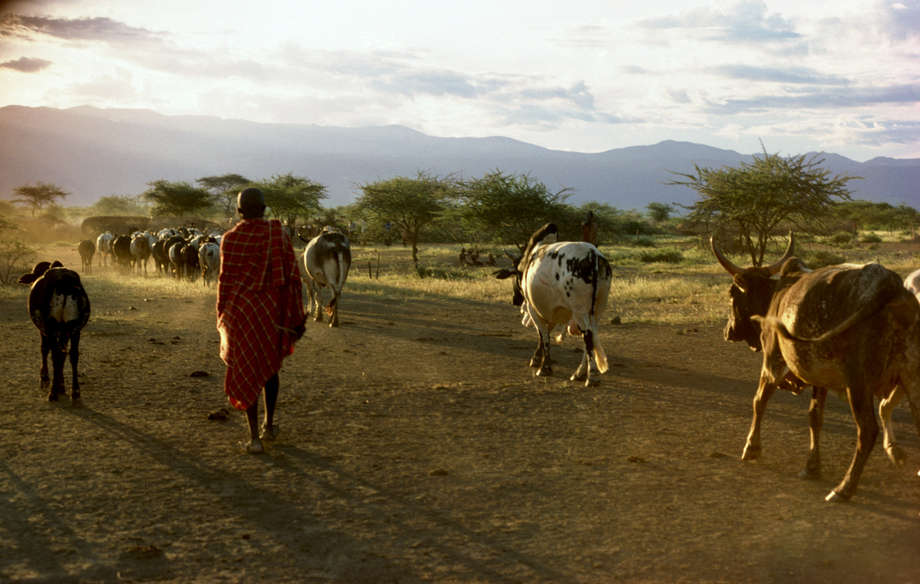
Maasai Land Use Vs. Kenyan Land Laws
The Maasai have lived in the Great Rift region of Africa (mostly along the Kenya/Tanzania border) since around the 15th century. They are semi-nomadic pastoralists; they follow seasonal rains so that their cattle can graze and, to a smaller extent, they can farm the land. In the early 1900s, British colonization brought disease and land loss. Maasai territory also was split in half, and the new boundaries undermined the need to move animals to water and greener pastures.
With independence in 1963, the Kenyan government developed a system of group ranches delegated to groups of Maasai rather than individuals. This increased pastoral productivity and controlled land allocation and use while allowing Maasai to continue their traditional practices. Ranches offered the possibility of higher profits (by breeding cattle) and more control over their land. However, grazing beyond established boundaries and disagreements among the Maasai often hampered those efforts.
The 1968 Land Act allowed group ranches to subdivide allocated land, but this caused additional problems. Wealthy Maasai elders resisted or boycotted sharing grazing space with younger men. Established rules weren’t followed or enforced, and extreme conditions like severe droughts prevented group ranches from achieving economic viability. Too much livestock led to overgrazing, causing soil erosion and land degradation. Desperate landowners sold their parcels to non-Maasai, which inhibited animal movement and eventual land reconsolidation because the sold-off land had been developed.
The revised 2010 Constitution resolved to reinstate group ranches along with other communal land. This includes provisions that protected community land for groups like the Maasai from outside development. But revisions to the Constitution in 2012 and 2016 all but negated those measures, causing a land grab that disenfranchised even more Maasai. Continued political corruption has made the situation worse.

Where Do Women Fit In?
The group most impacted by the law changes are Maasai widows. According to Maasai tradition, women do not own property and have little to no possibility of generating cash flow. Yet, although their children “belong” to their husband’s family, women are responsible for caring for and educating their children. Not only does this prevent them from supporting themselves, it also guarantees that the cycle of poverty remains in place. Widows beg for money and provisions that ultimately are used to support their children. Also, the few who attained land from the government were swindled out of it by foreign investors.
There were a variety of impediments for Maasai widows who wanted their fair share of land. The most obvious problem was that they didn’t have money to pay the fees for the required paperwork. There was a clear need to help this group, and that began with securing property for the widows. Though a generous donor, we were able to cover those fees and ensure that 40 widows had proper documentation to prove that they owned the land. As only 5% of women in Kenya own property independently, land ownership is a positive step towards economic autonomy.
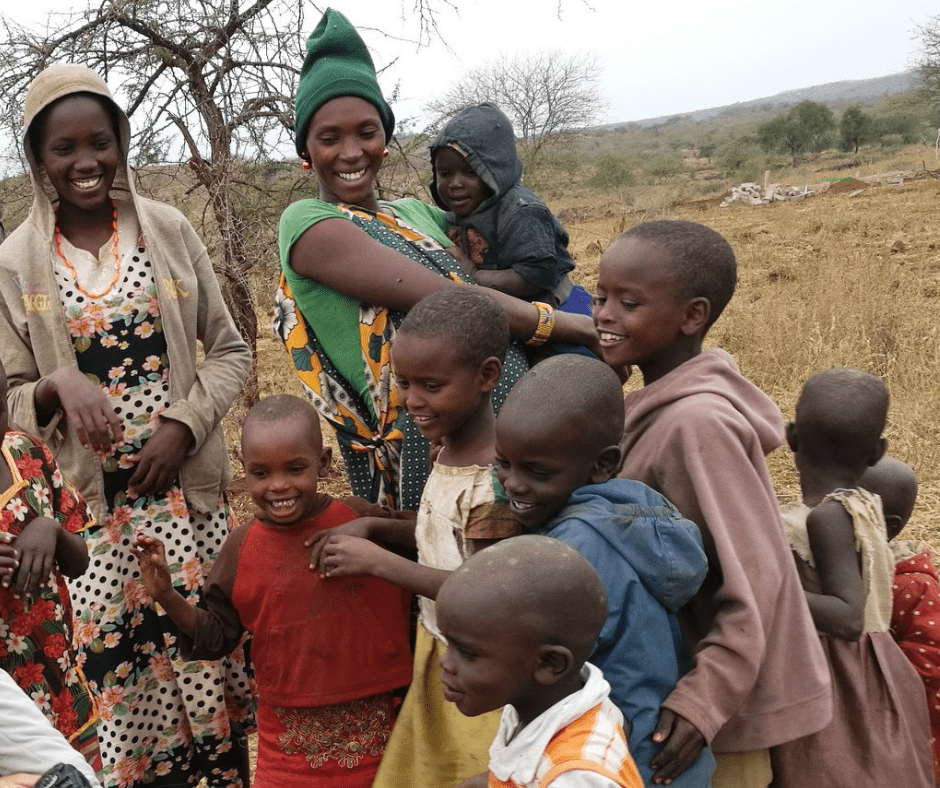
Hope for the Future
We hope to provide widows with further assistance and training in the future. The plan is to choose another group for our Hope for Widows program as well as determine what additional training and services they still need. As long as we can offer assistance that’s guided by both tradition and innovation, Water is Life Kenya can play an important part in supporting Maasai culture and its people.
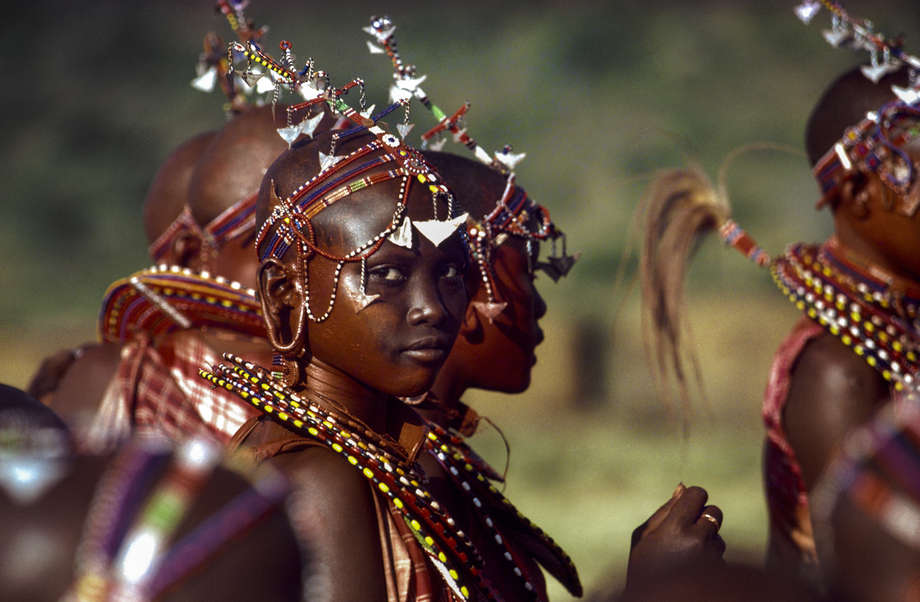
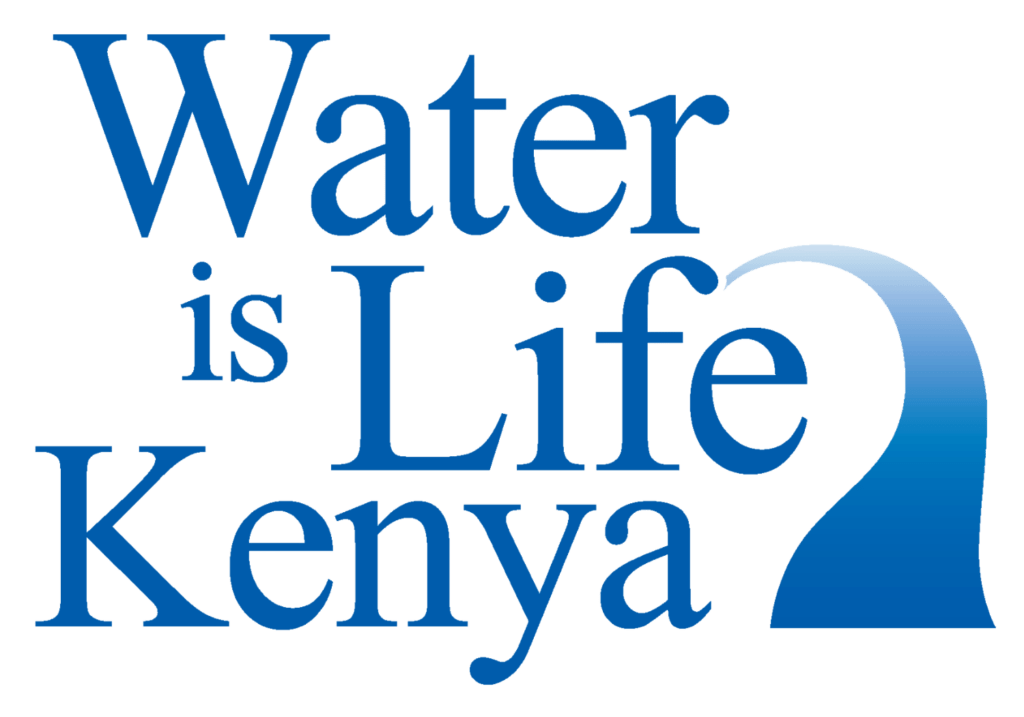
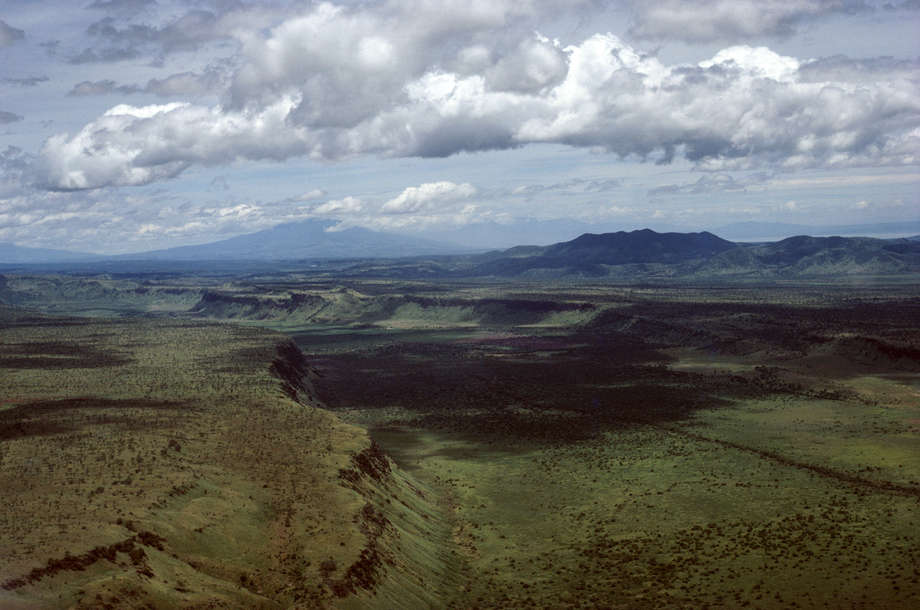
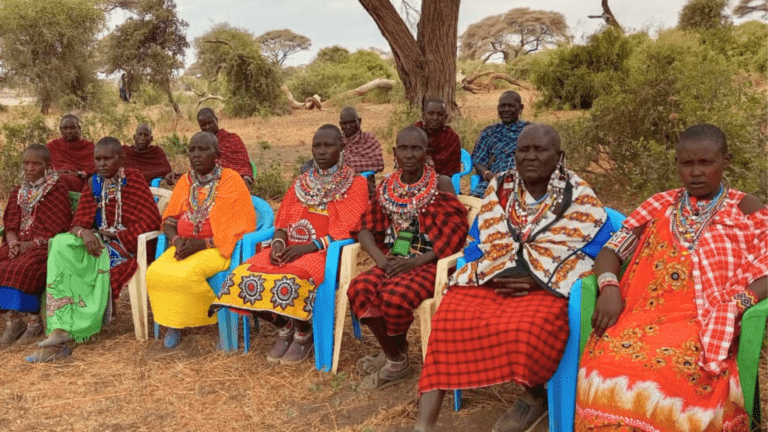
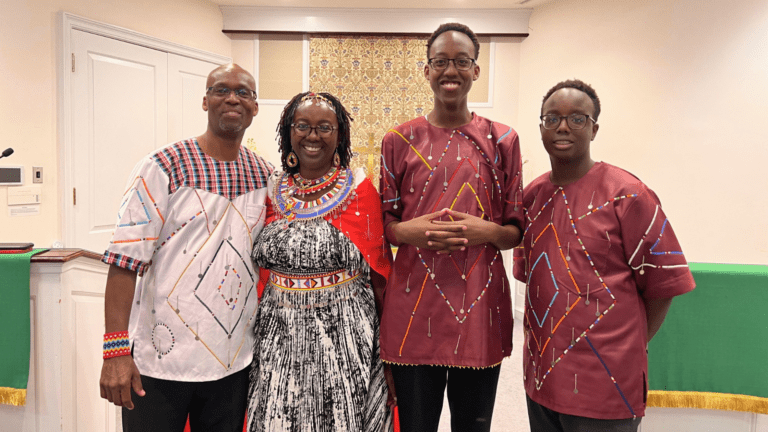


Pingback: Preserving Kenyan Wildlife and Vegetation
Pingback: w | Water is Life Kenya w
Pingback: How to Affect Lasting Changes: People-Centered Work in Kenya
Pingback: From Home to Homeless: Displaced Maasai in Crisis | Water is Life Kenya